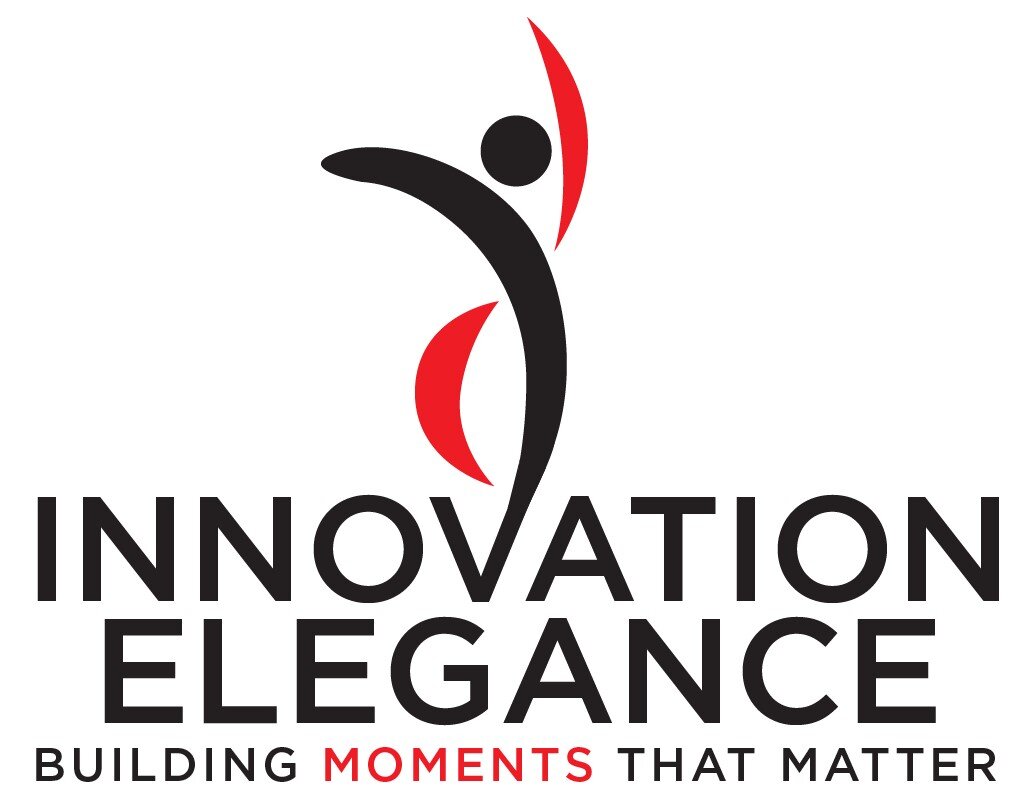Improve Your Culture’s Vigilance
“The time to repair the roof is when the sun is shining.”
Vigilance is a kind of “bet.” Vigilance is a conclusion that spending time, energy, and money early reduces cost later.
Declining vigilance is the other side of the bet. Declining vigilance postpones the spending with a hope that the spending is actually not necessary at all. Declining vigilance accepts the risk that the costs, ultimately, might be higher. Skeptics might label vigilance “micro-management.” Skeptics of vigilance want high autonomy.
Vigilance is a decision. It is a commitment. It embraces organizational friction early in order to minimize organizational friction late.
Phase Containment
In innovation, the impact of healthy vigilance in cost and quality can be huge. It can be difficult to detect. A team that spends an extra 20 minutes on a certain decision in January might prevent an extra 20 days of work in June. The formal term is “phase containment.” Phase containment increases organizational friction.
Some organizations emphasize rigorous vigilance; some organizations do not. Some organizations have a high sensitivity to negative surprises; some organizations do not. Some examples of vigilance:
Parents are vigilant for their children with safety, structure, and routines
Dancers are vigilant to keep their partner safe on a crowded dance floor
Martial artists are vigilant to navigate their opponent’s next move
Musicians are vigilant to drill, practice on their own, rehearse with their ensemble, and keep their instrument in top condition
Decisions about vigilance shape your culture, value, and profit.
“It is easier to build strong children than to repair broken men.”
Removing Barriers
Healthy vigilance does not always result in work slowing down. Vigilance also exists in the form of removing barriers, which results in work speeding up. Neglecting a barrier can result in a complete halt of work. Removing barriers reduces organizational friction.
A team has healthy vigilance when they have the right combination of heads-up work and heads-down work. Your team achieves healthy vigilance when it executes according to its risk profile (risk averse versus risk seeking behavior). Stay aware and accountable about upside and downside risks of vigilance decisions.
The Elegance methodology contains numerous assets for you to maintain healthy vigilance:
Five Verbs in a project plan
Status reports (workstream and individual)
For an innovation team, any occasion of neglect is risky. Results of neglect can be expensive. When facing a decision of “Prepare or Repair?” vigilance tells you to fix your roof while the sun is shining.
Phase containment. Removing barriers. Manage both to maintain a culture of healthy vigilance. This keeps quality and speed high.
“An ounce of prevention is worth a pound of cure.”


